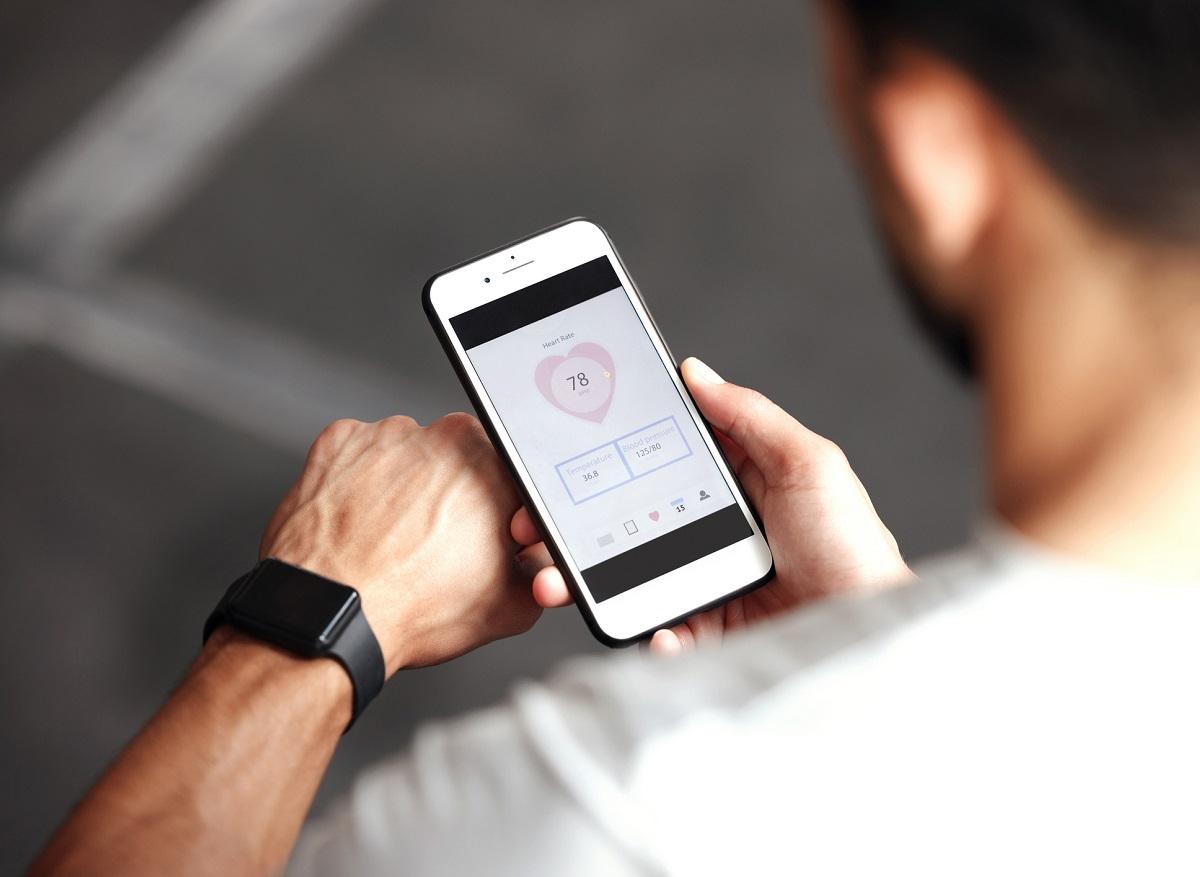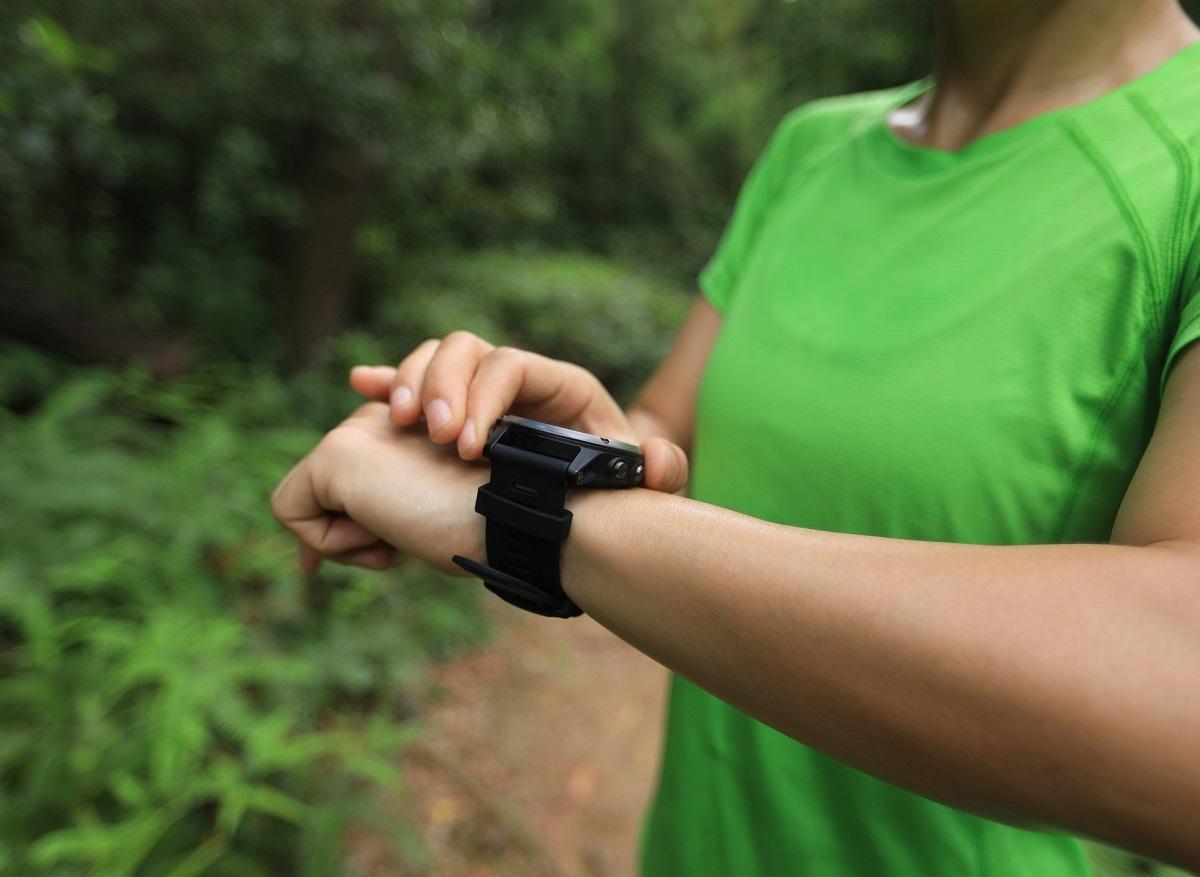Connected objects have invaded our daily lives, offering unprecedented comfort and practicality. However, this digital omnipresence also carries risks, including the risk of developing excessive dependency.

- Connected objects offer many benefits, but excessive use can have harmful consequences on our mental and physical health, as well as our social relationships.
- It is important to be aware of these risks and to put in place strategies to limit our dependence on screens.
- A wise use of connected objects, combined with a balanced life, is the key to enjoying their benefits without suffering the drawbacks.
From smartwatches to voice assistants to connected thermostats, these devices seem to make our lives easier. Before discussing the risks, it is therefore important to recall the undeniable advantages of connected objects:
• Comfort and practicality : They automate many daily tasks, saving us time and energy.
• Improving health : Connected objects can help monitor our physical activity, our sleep or our health in general.
• Increased security : They help us secure our homes and stay connected with our loved ones.
The risks of excessive dependence
While connected objects offer many advantages, excessive use can cause harmful effects:
• Alteration of social relationships : Prioritizing your smartphone screen over real-life conversation can harm social relationships and lead to feelings of isolation.
• Sleep disorders : The blue light emitted by screens disrupts the circadian rhythm and can cause difficulty falling asleep.
• Stress and anxiety : The pressure to stay constantly connected can generate stress and anxiety, especially due to the fear of missing important information.
• Digital burnout : Intensive use of connected objects can lead to mental and physical exhaustion, similar to professional burnout.
• Vulnerability to cyber attacks : Connected objects can be hacked, exposing our personal data to risks of theft or fraudulent use.
• Behavioral addiction : Excessive and compulsive use of connected objects can be considered an addiction, with symptoms similar to those observed in other addictions.
The consequences on mental health
Addiction to connected objects can have significant consequences on mental health:
• Depression and anxiety : Social networks, in particular, can be a source of social comparison and feelings of inferiority, thus promoting the onset of depressive and anxiety disorders.
• Low self-esteem: Constant comparison with others, highlighted by social networks, can erode self-esteem.
• Behavioral disorders : Excessive use of screens can lead to behavioral problems in children and adolescents, such as hyperactivity, aggression or learning difficulties.
How to limit the risks?
To benefit from the advantages of connected objects while minimizing the risks, it is essential to adopt a rational use:
• Set screen-free time slots : Set times of the day when you turn off all your connected devices.
• Limit notifications : Turn off non-essential notifications to avoid being constantly solicited.
• Creating digital spaces : Designate areas of your home where connected devices are off-limits, such as the bedroom or the dining table.
• Practice disconnected activities : Spend time on activities that don’t require a screen, like reading, playing sports, or meeting up with friends.
• Raising awareness among those around you : Talk to your loved ones about your desire to reduce your screen use and ask them to support you.
Connected objects are powerful tools that can improve our daily lives. However, it is essential to use them in moderation and not to let ourselves be invaded by digital technology. By being aware of the risks and adopting good practices, we can enjoy the benefits of connected objects while preserving our well-being.













